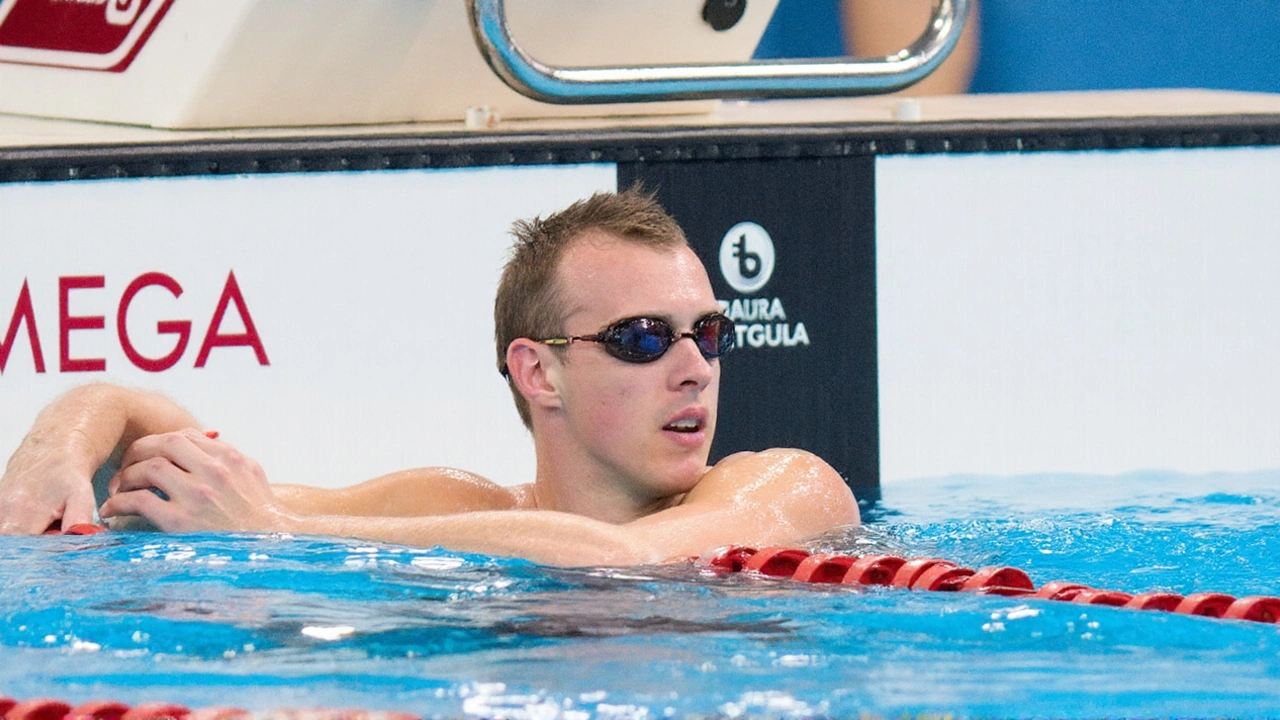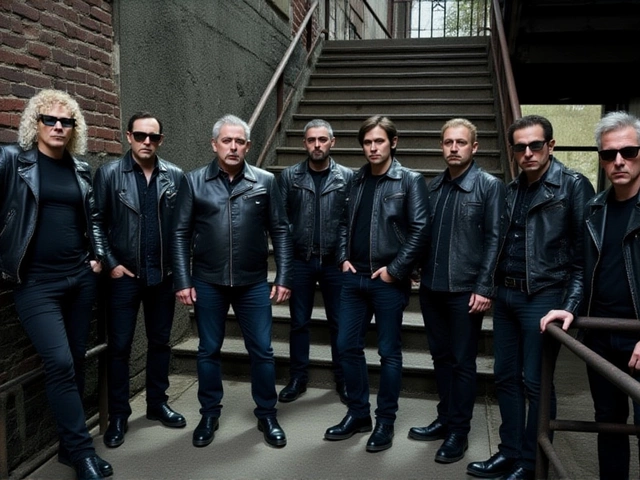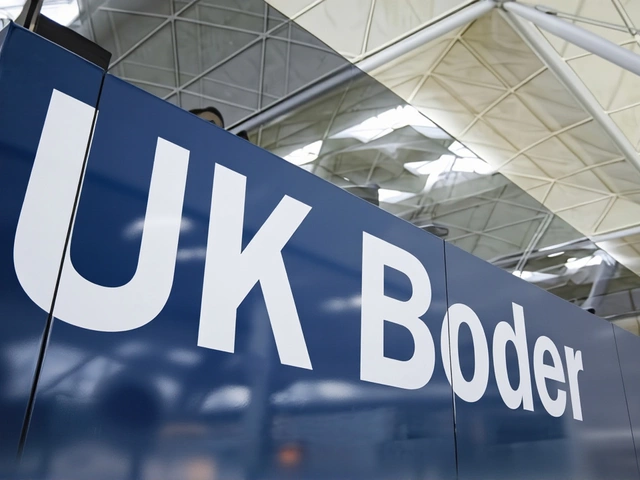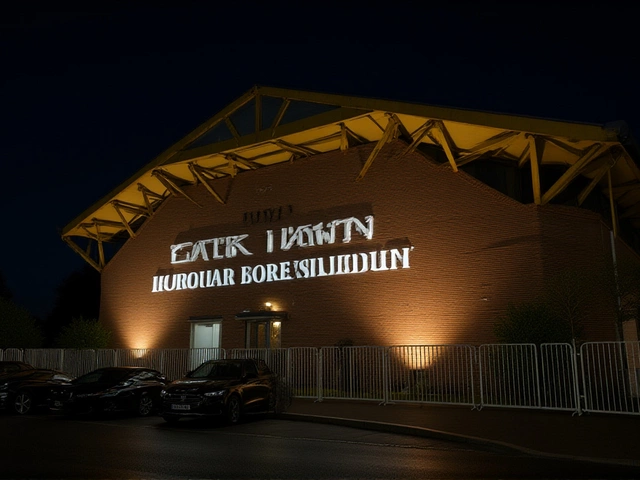50m Freestyle – The Fastest Sprint in Swimming
When talking about 50m freestyle, the shortest and fastest competitive swimming event, run in a single length of a 50‑meter pool. Also known as sprint freestyle, it showcases pure speed and power. The race 50m freestyle encompasses sprint swimming, demands razor‑sharp technique, and often decides the podium in major meets. Nearby concepts like freestyle stroke, a face‑down, windmill‑arm style that lets swimmers slice through water efficiently and swim training, targeted workouts that build explosiveness, endurance, and flawless form directly influence race outcomes. Finally, Olympic swimming, the sport’s premier stage where world records are set and broken treats the 50m freestyle as a marquee showdown.
Why the 50m Freestyle Matters
Anyone who’s ever watched a swimming meet knows the buzz when the 50m freestyle starts. It’s a pure test of acceleration: the swimmer bursts off the blocks, hits the water, and maintains a glide that feels almost like flying. This event requires a blend of strength (the kick and pull), technique (streamlined body position), and mental focus (timing the breath exactly once, if at all). In practice, athletes often split their swim training into short, high‑intensity intervals to mimic race conditions. They also drill the freestyle stroke to reduce drag – a slight change in hand entry can shave hundredths of a second off the final time.
Because the distance is so short, even tiny equipment choices matter. A swimmer’s choice of swimsuit fabric, a well‑tuned starting block, and the angle of the dive are all linked to faster split times. These factors form a chain: better gear → smoother entry → higher velocity → improved final result. That chain is why elite coaches treat the 50m freestyle as a science lab, constantly tweaking variables to gain an edge.
From a spectator’s point of view, the race is a burst of adrenaline. You see world champions like Caeleb Dressel or Sarah Sjöström explode off the blocks, and within seconds, the winner is declared. Those moments often decide medal counts at the Olympic swimming level, making the event a key piece of national pride. Countries with strong sprint programs invest heavily in specialized training camps, focusing on power development and stroke efficiency.
Training for the 50m freestyle isn’t just about raw speed; it’s also about pacing the single breath. Many top swimmers opt for a “no‑breath” strategy, which eliminates the drag caused by turning the head. This technique relies on superb lung capacity and a relaxed core. Coaches use video analysis to fine‑tune the swimmer’s head position, ensuring the mouth stays just above the water’s surface when a breath is taken.
Technology plays a big role too. Wearable sensors track stroke rate, lap times, and even muscle activation, feeding data back to athletes in real time. This feedback loop helps swimmers adjust their technique on the fly, a practice that’s become standard in modern swim training. The result? Faster reaction times off the start, tighter turns (in short‑course meets), and overall lower race times.
Below you’ll find a hand‑picked collection of stories that touch on these aspects – from breakthrough performances in the 50m freestyle to the engineering marvels that support sprint swimmers. Whether you’re a fan, a coach, or a swimmer looking to shave off that last fraction of a second, the posts ahead offer a deep dive into the world of sprint swimming.
11 September 2025
Aylin Bradshaw
Olympic medalist Ben Proud posted 21.73 in the 50m freestyle on day two of the Edinburgh International, a strong in-season mark ahead of the Aquatics GB Championships—Britain’s sole qualifier for the World Championships in Singapore. Oliver Morgan added a 50m back win in 24.83, just off his season best, with Matthew Ward and Tomer Shuster on the podium.
Continue Reading...





